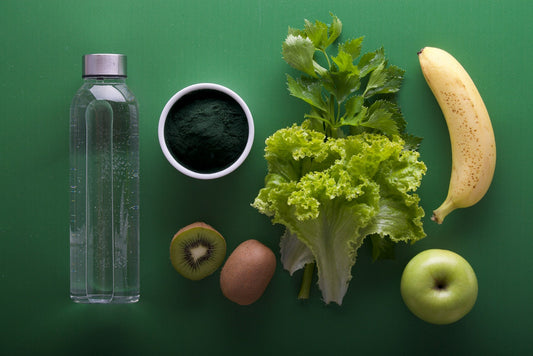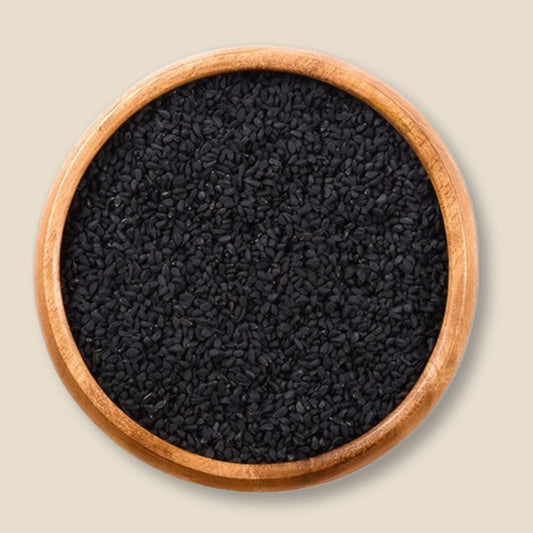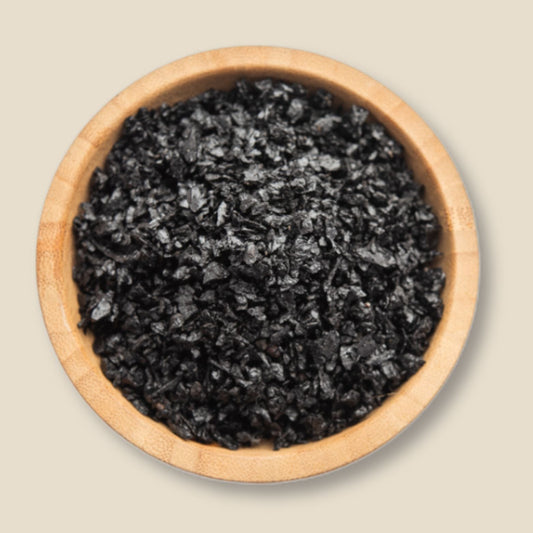
Decoding Food Labels: What Are You Really Eating?
Abdullaah KhanShare
Let’s be honest—have you ever stood in the grocery aisle, staring at the back of a cereal box, trying to decode an ingredient list that looks like a chemistry experiment gone wrong?
You’re not alone. Food labels can be confusing and often misleading, with terms like "natural" or "low-fat" hiding the real story behind what you're eating.
In this article, we’re breaking down the mystery behind those labels, giving you the tools to make healthier choices and avoid being tricked by clever marketing.
Ready to become a label-reading pro? Let’s dive in!
The Ingredients List: Your First Clue
The ingredients list is where the magic (or the madness) happens. By law, ingredients must be listed in order of quantity, with the first ingredient making up the bulk of the product. So if sugar is listed first, guess what? You’ve got a sugar bomb on your hands.
Pro tip: If the first few ingredients are things like sugar, high-fructose corn syrup, or unpronounceable chemicals, it’s time to put that product back on the shelf.
But what about those unpronounceable names? Some sound like they belong in a science fiction novel—xanthan gum or monosodium glutamate (MSG), anyone? While not all of these are inherently harmful, many additives are included to enhance flavour, extend shelf life, or improve texture.
If a product has a long list of artificial additives and preservatives, it’s usually a sign that the food is highly processed and far from its natural form.
Sneaky Sugars: The Sweet Deception
Sugar, in all its forms, is often one of the biggest offenders in processed foods. And just when you think you’ve got it figured out—bam! There’s another sneaky name for sugar you didn’t recognise.
Food manufacturers love to disguise sugar under names like dextrose, maltose, barley malt, agave nectar, or even the seemingly innocent fruit juice concentrate. The reality is, they’re all sugars, and consuming too much can lead to weight gain, diabetes, and a whole host of other health problems.
Watch out for “healthy” products, too. Granola, yoghurt, and energy bars may seem wholesome, but many are loaded with hidden sugars. Always check how far down the list those sugars appear, and if you see multiple types, that’s a red flag.
Serving Sizes: The Trickiest Trick of All
Let’s talk about serving sizes, one of the greatest tricks the food industry pulls. Have you ever looked at a bag of chips and thought, "Oh, only 150 calories per serving? That’s not bad." Then you look closer and see there are four servings in the bag. Oops.
Manufacturers know that smaller serving sizes make calorie counts and sugar amounts seem more reasonable. So, always check the serving size and multiply it by how much you actually plan to eat. Because, let’s be real—who eats just one serving of chips?
Decoding Buzzwords: “Natural,” “Organic,” and “Low-Fat”, What Do They Really Mean?
Ah, the buzzwords. These are designed to grab your attention and make you feel good about your choices, but they don’t always mean what you think.
-
Natural: This one is tricky because, in most countries, the term isn’t tightly regulated. A product labeled “natural” might still contain preservatives, artificial flavours, or high amounts of sugar. In the US, for example, the FDA has no formal definition for "natural," meaning it can be used pretty loosely
-
Organic: While "natural" can be vague, "organic" is more regulated. In most countries, organic products must meet specific standards for how they’re grown, including no synthetic pesticides, GMOs, or artificial fertilizers. That said, organic doesn’t automatically mean “healthy.” Organic cookies are still cookies, and they can still pack in plenty of sugar and calories
-
Low-Fat or Fat-Free: Sounds healthy, right? Not necessarily. When manufacturers remove fat, they often compensate by adding sugar or artificial sweeteners to make up for the lost flavour. So, while you might be avoiding fat, you could be loading up on sugar or chemicals instead. Plus, fats aren’t all bad. Healthy fats like those from avocados or nuts are actually essential for brain and heart health .
Nutritional Labels: Understanding What Matters
The nutritional label can be a wealth of information—if you know what to look for. Here’s a quick rundown:
-
Calories: Pay attention to both the calories and the serving size. If you’re consuming more than one serving, those calories add up quickly.
-
Fats: Not all fats are created equal. Try to limit trans fats and saturated fats and look for products with healthy fats, like those containing omega-3s.
-
Fiber: Aim for foods high in fiber, as it supports digestion and helps you feel full longer. Whole grains, fruits, and vegetables are your best bets for fiber-rich foods.
-
Protein: Protein is essential for muscle repair and energy. Check the protein content, especially in snacks like yoghurts and bars, and opt for higher protein options to keep you feeling fuller for longer.
-
Sodium: Processed foods tend to be high in sodium, which can contribute to high blood pressure and other health issues. The recommended daily intake of sodium is about 2,300 mg, but many processed foods have shockingly high amounts of salt .
The Bottom Line
Learning to read food labels may seem like a hassle at first, but once you get the hang of it, it’s one of the most empowering things you can do for your health. By understanding what’s really in your food, you can make better choices and avoid being duped by marketing tricks.
Next time you’re shopping, take a minute to flip the package over and decode the label. Trust me, your future self (and your body) will thank you!







